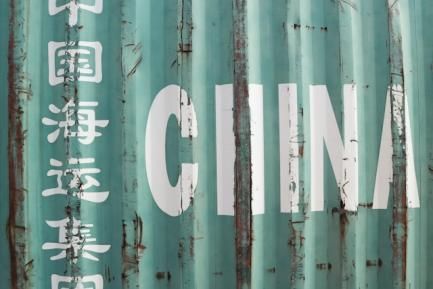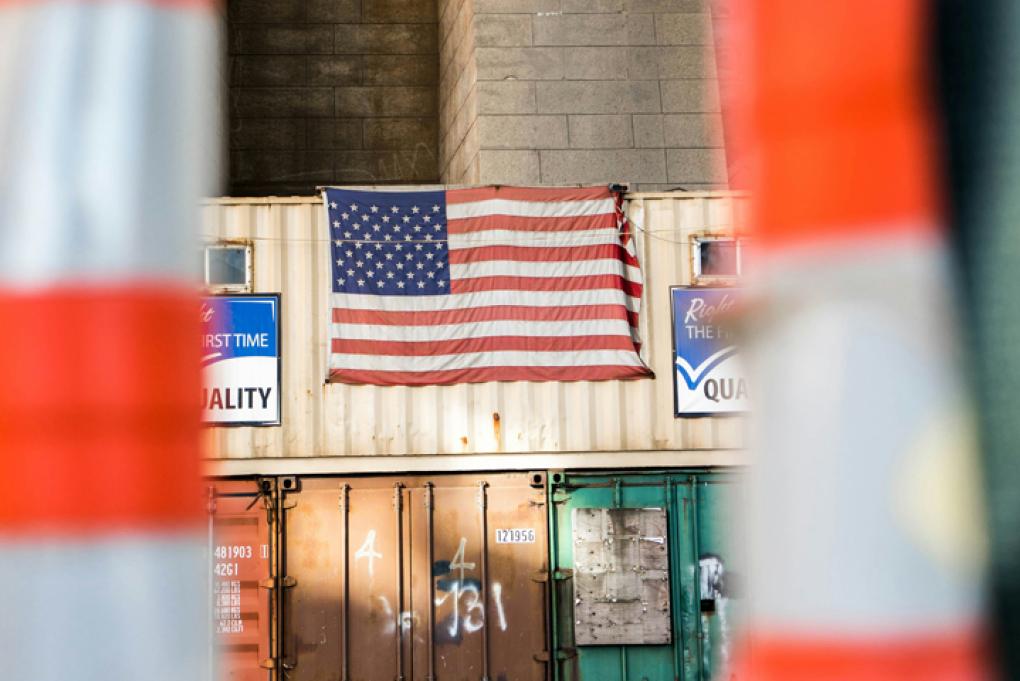
¿Quo vadis, Chinese debt?
China's financial restructuring includes improving the quality of its debt and financial system, as well as achieving more balanced growth with greater emphasis on private consumption and high value-added exports.
The Chinese debt market ended 2020 as it began. In January last year, the Chinese monetary authorities launched «Operation Clean-up» to tighten credit ratings and reduce dependence on aid from China’s central bank (the PBoC), resulting in a rise in defaults (53 billion yuan in January 2020). The outbreak of the pandemic put this process on hold. The consolidation of the recovery (China is the only major economy to have grown in 2020) and favourable financial conditions allowed «Operation Clean-up» to be resumed in October. Once again, the immediate consequence was a rise in defaults. Whereas between February and September 2020 there were only 15 bond defaults with an outstanding balance of 80 billion yuan, the combined figure for November-December raised the total for 2020 to 200 billion yuan (or 31 billion dollars) in an 8-trillion dollar market (government and non-financial corporate bonds). The starting gun was fired on 10 November with the default of a bond of Yongcheng Coal & Electricity, a coal extraction firm that was supposedly the most profitable in China. In the following week, the yield of the AAA-rated bond market rose from 3.2% to 3.6%. Another well-known name on the list of defaults was Shandong Ruyi Technology Group, owner of Lycra and Gieves & Hawkes, nicknamed the LVMH of China. In addition, the authorities announced a zero tolerance policy for misconduct. This resulted in Golden Credit Rating, China’s biggest rating agency which had classified Yongcheng’s debt as safe, having its licence withdrawn.

Why is the clean-up needed?
China aspires to be a leading player in the global financial markets, but the oversight standards of its financial sector remain below those of advanced economies. China’s debt (including non-financial firms, households and government) reached 280% of GDP in June 2020 and it more closely resembles the 301% of advanced economies (286% for the US and 283% for the euro area) than the 210% of emerging economies (140% in the case of the other big emerging economy, India).
It has to be said, however, that China has made progress in containing its debt. Whereas in the years following the Great Recession, from late 2011 to March 2016, debt rose by 65.9 pps of GDP (from 178.4% to 244.3% of GDP), between then and the end of 2019 it rose by a more modest 13.3 pps (to 257.6%). This increase was similar to that of the emerging bloc as a whole and greater than that of the advanced bloc (US, 3 pps, and euro area, –27 pps), except with higher economic growth (China’s GDP grew by 21.1% in the period 2017-2019, higher than the US’ 7.7% or the euro area’s 5.8%). Furthermore, under the emergency triggered by the pandemic China’s debt rose by just over 20 pps. This is similar to the increase registered in the euro area and smaller than those registered in the US (more than 30 pps) or in the emerging bloc as a whole (28 pps).
However, beyond the total amount of China’s debt, its composition is a source of concern. Of the 280 pps of GDP, 162 is comprised of debt of non-financial firms, more than half of which are state conglomerates. In this regard, there is a risk that pockets of irregular financing may have been generated. Moreover, much of the economy’s savings are channelled into these state-owned enterprises (SOEs), which tend to have a low return on capital and could eventually experience difficulties in servicing their debts, as the case of the coal company Yongcheng demonstrates. The problem is exacerbated by the lack of independent oversight and shadow banking, through which local governments generated a significant increase in low-quality debts.

China resumes the clean-up process
Cleaning up the country’s finances was a must and by the end of 2020 the environment began to be sufficiently favourable for the process to be resumed. China had recovered pre-pandemic GDP levels as early as Q2 2020 and continued to grow in Q3 and Q4. Moreover, the trade war with the US caused many of the Chinese firms that were refused from being listed on the US stock market to return to the Hong Kong stock market, boosting the latter’s liquidity and importance and encouraging an influx of capital. Also, in late September it was decided that Chinese bonds would be admitted to the influential FTSE Russell index (although their de facto inclusion is not expected until autumn 2021) and they were thus considered a solvent investment. In this context, the Chinese authorities’ desire to clean up and strengthen the country’s finances, no longer held back by fears of
a recession due to the pandemic, only responds to the cautious confidence that international markets and their regulators have placed in Chinese financial assets.
However, the resumption of the financial clean-up process was preceded by a political battle. The trade tensions and decoupling with the US are making it difficult for China to obtain supplies of inputs with US technological content, and this could jeopardise China’s technological progress in manufacturing chips for its tech giants (such as Huawei), as well as evoking bitter memories of the 19th century, when China was outdone by the technology of colonial powers. This is why there is a pro-growth political faction, led by Jack Ma (the founder of Alibaba, the Chinese Amazon), which wants to prioritise economic growth over financial stability. They want to go faster and they criticise the SOEs for their cumbersome size and the banking system for its lack of agility. Facing them in the ring is the PBoC, more in favour of tackling risks related to financial stability. In early November this conflict began to reach a resolution: priority was officially given to resuming the financial clean-up, an anti-monopoly law was passed, and the share capital increase of Ant (Alibaba’s financial arm) was halted.

What will happen from now on?
China’s financial clean-up means improving the quality of its debt, as well as that of its financial system. This will enable more balanced growth, with a greater emphasis on private consumption and high-value-added exports, as stipulated in the 19th National Congress of the Chinese Communist Party in October. The Chinese authorities’ decision has been well received by the markets (initially, the defaults generated some turbulence and contagion to other financial asset prices, but this did not last long), and the incipient improvement in the quality of debt in January 2021 attests to this. In particular, in the first few weeks of the year there has been a relaxation in the risk premiums on corporate bonds and an increase in issuances, although with the Lunar New Year in February the latest data must be interpreted with caution.
The clean-up process seeks to mitigate the risks of financial instability, but it could lead to financial turbulence along the way. Firstly, the process is not yet over and we expect more defaults in 2021. In fact, with the economic recovery well established, we can expect the authorities to gradually tighten reference interest rates and financial conditions in general. Furthermore, the criticism of the pro-growth faction has its raison d’être, since the primary source of low-quality debt lies precisely in that sector of the state which wants to perform the clean-up, whether due to its SOEs, the shadow banking stimulated by local governments, or its opacity in the face of independent oversight. After all, there is a risk that Operation Clean-up could lead to greater state control of firms such as Alibaba, JD.com or Huawei, which could lead to lower returns on capital, less independent oversight and greater debt problems. Thirdly, the Chinese authorities do not follow the same logic as the monetary authorities of advanced economies, such as the Fed or the ECB, which, without it being explicitly written, ensure the smooth functioning of the financial markets. The PBoC will also seek stability in the economy and markets, but its experience and priorities are not the same as those of the Fed, and there may be a certain degree of discretion and less predictability in its decisions. Finally, if the recent rise in US treasury yields continues, then the relative appeal of Chinese assets could decrease, leading to a greater-than-desired tightening of financial conditions.


